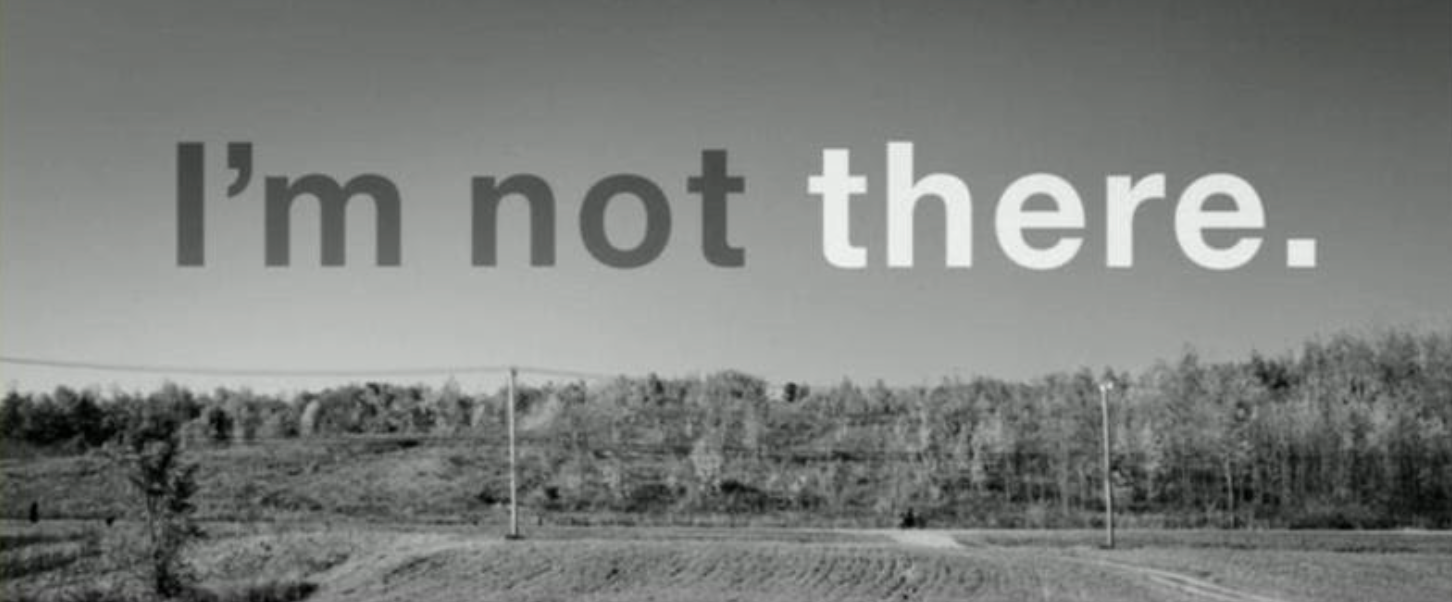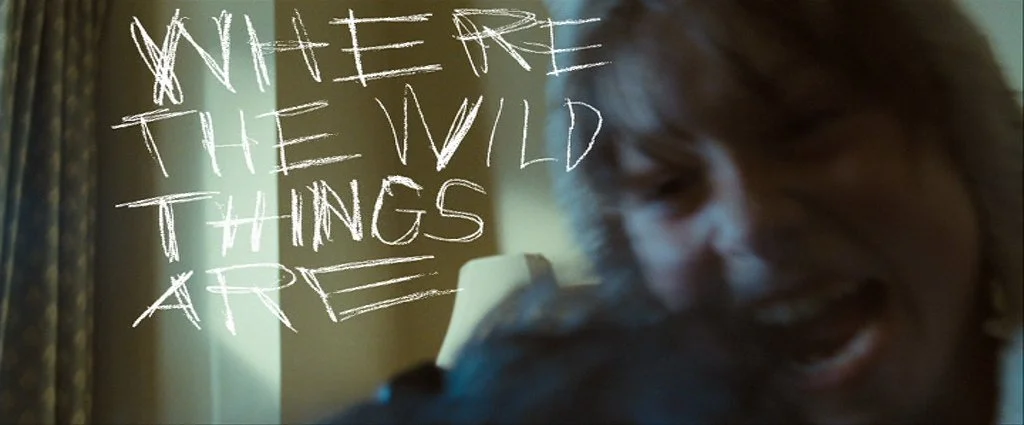
anatomy of 3 movie titles
Traffic (2000)
Interconnected lives in the drug trade industry
Traffic’s title follows the unspoken rule of brevity that has worked for many other movie titles historically receiving accolades, but more importantly it follows advice that a good title should act like a slightly elusive metaphor, one that doesn’t tell the entire story too easily. Like a good metaphor, the single word is able to convey a sort of succinct simplicity while being all-encompassing at the same time. The film’s very nature is all-encompassing. It’s a parallel plot film entering the lives of different characters entangled in the world of drug trafficking, providing as much objectivity as possible. Having a title any more connotative than just Traffic like say, Drugs/Trafficking, would betray its disinterested agenda as those words expose themselves to all kinds of undertones. The simple presentation of the small white title in the corner of a black screen endeavors to be just as much of a blank canvas in order not to disrupt the film’s attempt at impartial storytelling. It also visually represents bleakness, producing the very feeling that audiences can be left with knowing the unsolvable issue of drugs at hand. Like its movie, the title tells it how it is.
I’m Not There (2007)
A Bob Dylan biopic done differently
I’m Not There is the name of a Bob Dylan song, which makes the biopic’s title not unlike others such as Walk the Line, Rocketman, and even Haynes’ first project, Superstar, where the film is named after a track by the subject. But the biopic possesses very little similarities to the genre’s conventions otherwise, and it is actually through unwrapping the layers of textual meaning of “I’m Not There” that the film’s subversive style is understood. Rather than feature one actor portraying Dylan, the film weaves the stories of multiple individuals in distinct characterizations that allude to his dynamic story and disposition over the years. Out of all the “Dylan”’s, there’s arguably very few actually resembling him and ironically, a woman plays the most convincing one. The result of watching all of these performances is feeling like the real Dylan is visibly “Not There” – in his place are fragmented manifestations of him that have shown up in history quite impermanently. In the display of the title, the text rapidly changes between many assortments of “I’m not…”, reflecting the artist’s famed elusivity, honoring it instead of hoping to solve it.
Where The Wild Things Are (2000) - this movie deserved better
Where The Wild Things Are borrows its title from the children’s book it’s based on. Through the name, we’re made aware of the relevance of an unruly environment notable because of creatures inhabiting it. The film exercises a bit more range than the short illustration book, dutifully producing magnificent visual locations to invite audiences into this world of wild things on screen, but it’d be wrong to assume that Where The Wild Things Are is only named after a marvelous site full of beast-like characters. Immediately in the opening moments of the movie, the first wild thing audiences witness is protagonist Max as he chases down the camera in an animalistic frenzy, the frame freezing on his savage half-grin half-roar. The movie title appears next to him in a disarrayed scrawl that can only be likened to the lawless handwriting of a child. Right beside the close-up shot of his face, the words visually reinforce the idea that the unruly environment we are so concerned about in this title has everything to do with Max – that where the wild things are is right there, within him. The king-sized, ungoverned strokes mirror Max’s explosive kid-like energy, inevitably anarchic as a child having to confront his own emotional upheaval.




